

TW is a wood–polymer composite that preserves the natural vascular–cellular microstructure of wood. By reducing/modifying lignin and infiltrating the cell lumens with a polymer of matching refractive index, the material becomes transparent (high transmittance) while maintaining high haze for soft, uniform light. Foundational reviews (Royal Society 2018; Cellulose 2023) detail how wood species, grain orientation, degree of lignin removal, and polymer choice affect optical, thermal, mechanical, and photo‑aging properties. [2]

To design a new TW material, the process leverages wood’s intrinsic structure: [3]
Combining these two characteristics during TW fabrication produces unique opto‑mechanical properties.
Methods to make transparent wood
Lignin removal/reduction + polymer infiltration (delignification). Treat with NaClO₂/weak acid to remove chromophoric lignin → rinse → dry → infiltrate epoxy/PMMA → achieve T ≈ 80%, haze ≈ 93%, k ≈ 0.24 W/m·K. A 2020 Nature Communications study also demonstrated scaling to 320 × 170 × 0.6 mm panels with ~24 hours of resin infiltration, indicating good scalability. [3]





Used as the inner lite of double‑pane windows, energy modeling across 16 cold U.S. cities showed average savings of 38 MJ·m⁻²·yr⁻¹ (existing homes) and 23 MJ·m⁻²·yr⁻¹ (new homes) compared with DOE window baselines, thanks to lower overall heat transfer while still admitting beneficial winter solar gains. [5]

TW can serve as a substrate for semitransparent perovskite solar cells or enable edge‑integrated PV modules by leveraging its light‑guiding and diffusing behavior, paving the way for power‑generating windows that both daylight and harvest energy. [6]
[1] National Glass Association, “Physical and Mechanical Properties of Typical Soda‑Lime Float Glass,” 2023. [Online]. Available: https://www.glass.org/
sites/default/files/2023-07/FM05-12_2023_Physical_Mechanical_Properties
_Typical_Soda_Lime_Float_Glass.pdf
[2] X. Song et al., “Engineered transparent wood composites: a review,” Cellulose,2023. [Online].Available: https://link.springer.com/article/10.1007/s10570-023-05239-z
[3] R. Mi et al., “Scalable aesthetic transparent wood for energy‑efficient buildings,” Nature Communications, vol. 11, 3836, 2020. [Online].Available: https://www.nature.com/articles/s41467-020-17513-w.pdf
[4] J. Liu et al., “Highly fire‑retardant optical wood enabled by PEAG coating,” Int. J. Minerals, Metallurgy and Materials, 29, 2022. [Online].Available: https://link.springer.com/article/10.1007/s42114-022-00440-3
[5] R. Mi, T. Li, D. Dalgo, C. Chen, Y. Kuang, S. He, X. Zhao, W. Xie, W. Gan, J. Zhu, J. Srebric, R. Yang, and L. Hu, “A Clear, Strong, and Thermally Insulated Transparent Wood for Energy Efficient Windows,” Advanced Functional Materials, vol. 30, p. 1907511, 2020. [Online].Available: https://www.fpl.fs.usda.gov/documnts/pdf2020/fpl_2020_mi001.pdf
[6] Y. Li, M. Cheng, E. Jungstedt, B. Xu, L. Sun, and L. Berglund, “Optically Transparent Wood Substrate for Perovskite Solar Cells,” ACS Sustainable Chemistry & Engineering, 2019. [Online].Available: https://pubs.acs.org/doi/10.1021/acssuschemeng.8b06248
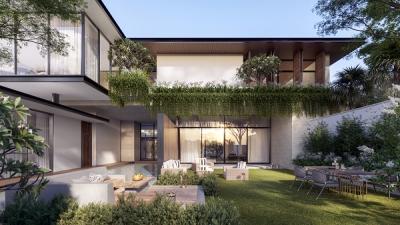
The News 10/11/2025
In the midst of the hustle and bustle of urban life, many Vietnamese families are looking for a different living space – where they can enjoy modernity without being far from nature. Tropical Modern villa architecture is the perfect answer to this need. Not only an aesthetic trend, this is also a smart design philosophy, harmoniously combining technology, local materials and Vietnam's typical tropical climate.
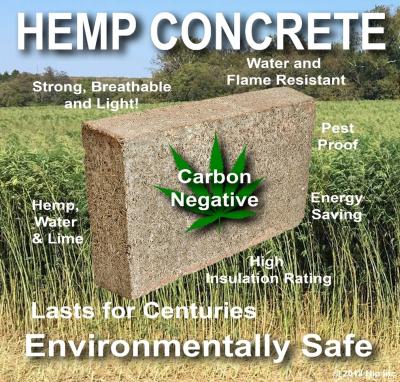
The News 25/10/2025
Hemp-lime (hempcrete) is a non-load-bearing covering material consisting of a hemp wood core (hemp shiv/hurd) combined with a lime-based adhesive, outstanding for its insulation – moisture conditioning – indoor environmental durability; in particular, IRC 2024 – Appendix BL has established a normative line applicable to low-rise housing, strengthening the technical-legal feasibility of this biomaterial.
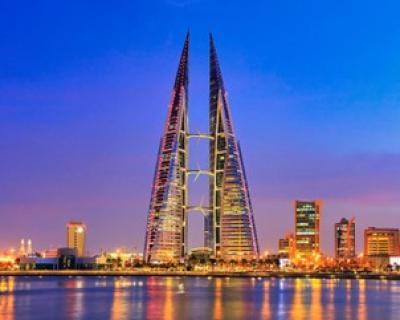
The News 11/10/2025
Amid rapid urbanization and global climate change, architecture is not only construction but also the art of harmonizing people, the environment, and technology. The Bahrain World Trade Center (BWTC)—the iconic twin towers in Manama, Bahrain—is a vivid testament to this fusion. Completed in 2008, BWTC is not only the tallest building in Bahrain (240 meters) but also the first building in the world to integrate wind turbines into its primary structure, supplying renewable energy to itself [1]. This article explores the BWTC’s structural system and design principles, examining how it overcomes the challenges of a desert environment to become a convincing sustainable model for future cities. Through an academic lens, we will see that BWTC is not merely a building but a declaration of architectural creativity.
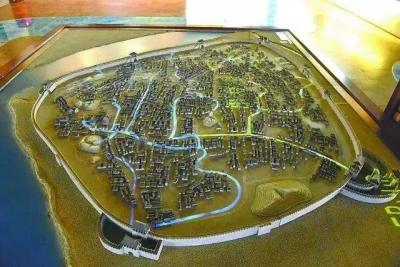
The News 27/09/2025
Urban flooding is one of the greatest challenges of the modern era, when sudden and unpredictable rainstorms can paralyze entire cities. Few would imagine that over a thousand years ago, people had already discovered a sustainable solution: the Fushougou drainage system in the ancient city of Ganzhou, Jiangxi. Built during the Northern Song dynasty, this project remains effective to this day, protecting the city from floods—even during historic deluges. The story of Fushougou is not only a testament to ancient engineering but also a valuable reference for today’s cities seeking answers to water and flooding problems.
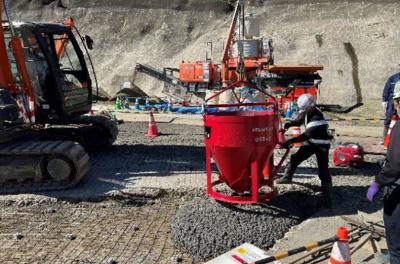
The News 20/09/2025
The construction industry is currently facing immense pressure to reduce carbon emissions, as concrete is not only one of the most widely used materials but also a major source of CO₂ due to its reliance on Portland cement. In response, Shimizu Corporation has conducted extensive research to develop sustainable material solutions aimed at achieving carbon neutrality. One of the most remarkable outcomes is carbon-negative concrete, which partially replaces cement and aggregates with biochar. This biochar is produced from sawdust through a carbonization process and has the unique ability to retain a significant amount of carbon that would otherwise be released into the atmosphere through natural decomposition or combustion. Thanks to this property, carbon-negative concrete not only maintains the necessary mechanical strength for construction but also directly contributes to reducing greenhouse gas emissions. This innovation is considered a promising step that opens new directions for the advancement of green construction in Japan and worldwide.
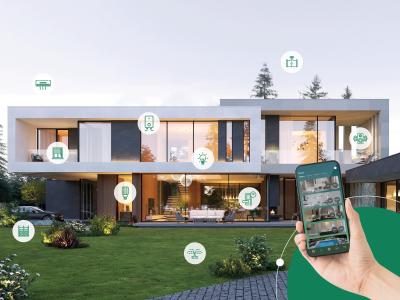
The News 13/09/2025
In the context of rapid urban development, the risk of fire in high-rise buildings, shopping malls, hospitals, and smart homes remains a serious threat. Traditional fire protection solutions are predominantly passive, focusing only on preventing flames from spreading and lacking sufficient early-warning capabilities. This limitation often results in delayed responses to fire incidents, leading to severe losses in both human life and property. Addressing this challenge, smart walls with integrated fire sensors have emerged as a breakthrough innovation, offering a proactive approach to building safety. Unlike conventional fire-resistant walls, these advanced walls not only provide thermal insulation and fire resistance but also integrate temperature, smoke, and pressure sensors combined with IoT technologies to continuously monitor environmental conditions. At the first signs of fire, the system can instantly detect anomalies, send alerts to a central control unit or mobile devices, and activate additional safety mechanisms such as water mist suppression or smoke extraction fans. By transforming passive barriers into “intelligent fire guardians,” this technology enhances building protection, increases the chances of timely evacuation, and minimizes potential damages. With its ability to turn ordinary walls into active safety components, smart fire-sensing walls represent a proactive solution that contributes significantly to the development of modern, sustainable, and resilient buildings.